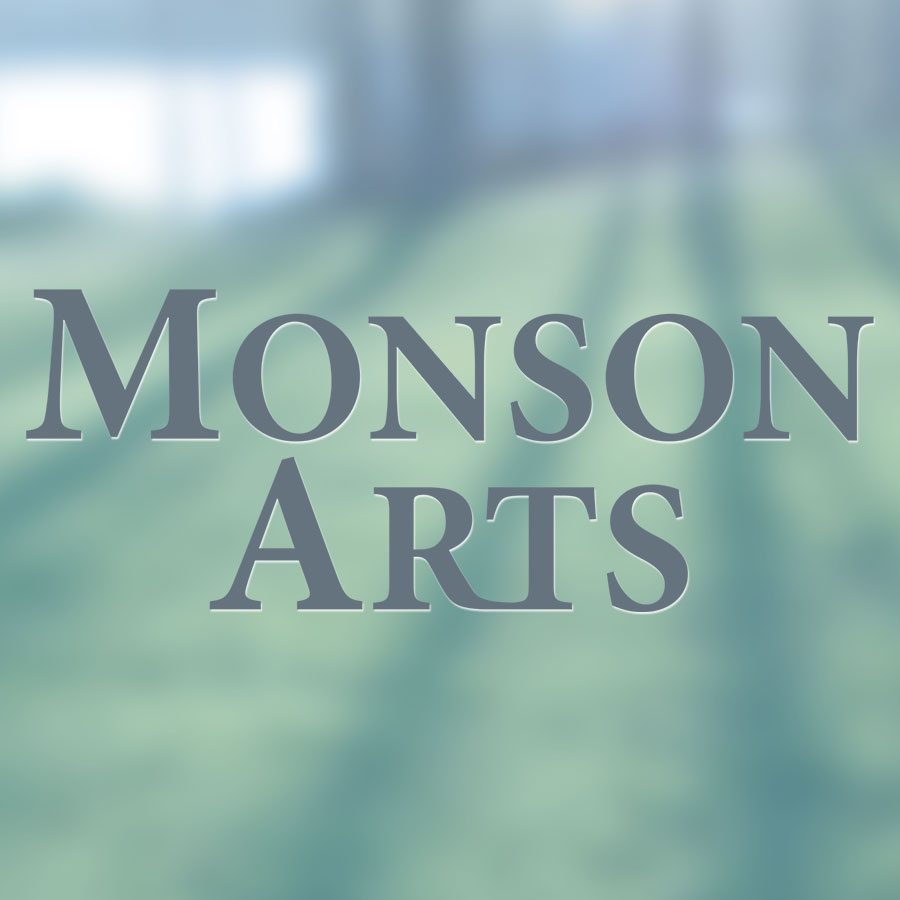
Roberley Bell is the recipient of numerous fellowships including awards from the New York Foundation for the Arts, a Pollock Krasner Fellowship, and a Senior Scholar Fulbright to Turkey. Most recently she was a research fellow in the department of Urban Planning at Malmo University, Malmo Sweden. Bell has had numerous residencies and her work has been exhibited and reviewed internationally. She will be teaching a week-long workshop starting July 9th on Finding Form; finding 3 dimensional form using a wide range of materials and processes. We recently asked her a few questions on her background and her work.
Monson Arts: Your work has been exhibited internationally and you’ve had residencies in multiple countries AND you’ve completed public projects in a wide range of cities around the world. What is it about traveling and experiencing new spaces, both natural and architectural, that inspires you? What do you look for when you experience a new surrounding in relation to your work?
Roberley Bell: Travel provides the opportunity to experience the unfamiliar. It heightens our senses and we become more engaged with what we see, what we hear, the smells in the air. My surroundings seep into a way of thinking and making. Sometimes this is obvious to the viewer, other times it is not. I draw on the world around me, in particular the scrutiny of nature and the built environment, gleaning form, color and combination of materiality from my experiences. The opportunity to have created public projects, held workshops and had exhibitions internationally, has been a privilege and provided an expanded audience and an increased conversation on the creative practice within the global art world.
MA: The class you’re leading at Monson Arts utilizes “a wide range of materials and processes for finding form three dimensionally” and this is an idea found in your own projects. How did you come to find this form and what is your approach to students who may be new to it?
RB: My process of making is linked to ways of thinking, seeing, and reflecting on the world around me. As a sculptor, working with the language of abstraction, I am continuously in search of form. I refer to this process as finding form — inventing form where it did not previously exist. Straddling the space between representation and abstraction, my sculptures are a conglomeration of contrasting elements. I work with a wide range of materials— wood, plaster, ceramic, found and altered parts— to reveal the essence of materiality and the ability of distinct materials to be emotive communicators. It is both the combination of materials and their inherent properties that I explore in my work; seeking potential in unexpected ways.
Drawing is an essential part of my practice. It is ‘a way of thinking out loud.’ On paper, I work intuitively, seeking out form. Drawing is spontaneous and quick and re-worked as long as it needs to be. I am not rendering a form, only the idea of the form, I am seeking a form to be defined in three dimensional space.
MA: What are some of the ideas you’ve learned and loved from your teachers when you were a student that you bring into your classes?
RB: There is a process of making that is intuitive and that borrows from prior associations and experiences. The most wonderful thing about being in a classroom is each student approaches a problem differently, using their own vocabulary of world experiences. We learn from each other. Sharing provides everyone with a newly acquired body of knowledge. There is an enthusiasm and excitement when students discover something that they do not already know. Curiosity is the key to experimentation and exploration.
There is still space in Roberley’s class, Finding Form, that runs from July 9th through July 15th at Monson Arts. Further details and sign-up are available HERE.

 Time and space to create.
Monson Arts is a new artists’ residency and arts center in Monson, Maine. Programs include residencies for artists and writers, intensive shorter workshops, and educational partnerships with area secondary schools.
Time and space to create.
Monson Arts is a new artists’ residency and arts center in Monson, Maine. Programs include residencies for artists and writers, intensive shorter workshops, and educational partnerships with area secondary schools.